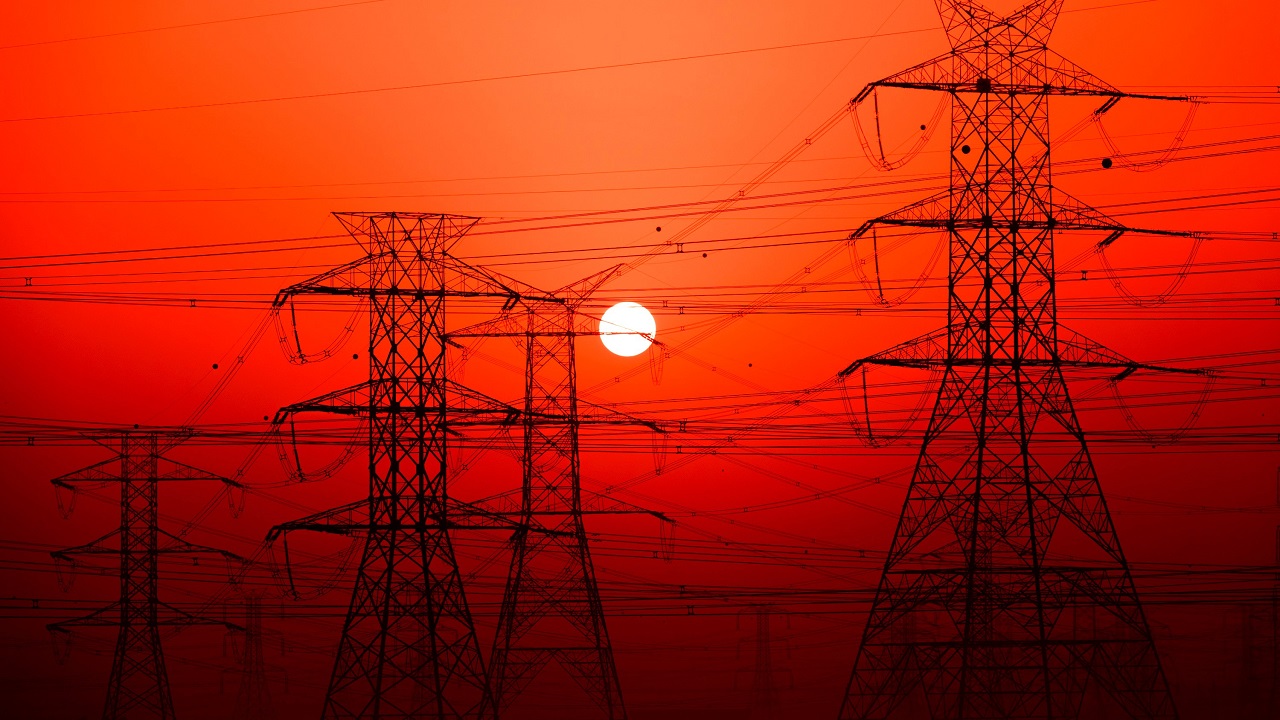
The United States is poised to dominate the global grid-scale energy storage market in 2019. The country’s figures started spiking up in 2018’s fourth quarter after almost a year of flat chart trends. The uptick is expected to continue and even double at the end of this year. Analysts estimate the US to deploy as much as 712 MW of solar-plus-storage energy in 2019, surpassing the period’s projections for South Korea. If the forecasts realize this year, the United States will become the world’s biggest market for grid-related stored energy.
Rising Out of Market Stagnation
It was a completely different ballgame for the U.S. in the past couple of years. Early in 2018, the growth of the stored energy market in South Korea propelled global installation rate of grid-attached batteries. The United States had been one of the leaders in this industry, but the country’s political and economic conditions kept it from riding on this positive wave. The numbers stagnated for the most part of 2018.
Fortunately, the U.S. saw some recovery in the last quarter. Even more fortunate, the positive trends promise to continue unto this year. Technically, it was not luck that reversed the industry’s outcome but serious and intentional intervention by way of policy and regulatory developments as well as major shifts grid-related stored energy usage.
U.S. Authorities Back its Grid-Related Stored Energy Market
This year’s performance boost for batteries that support grid operations is partly due to the strong backing from the local, federal, and energy authorities. Policies, mandates, and tax-credits that recently took effect significantly ramped up the country’s odds in the stored energy scene.
- Investment Tax Credits (ITC) is driving up solar-plus-storage growth, which in turn increases the need for grid-related energy storage systems.
- Federal Policies implemented open up participation in the wholesale electricity market. Particularly, FERC Order 841 explicitly directs regional grid operators to establish mechanisms that integrate energy storage into their capacities and services.
- State-level Energy Storage Mandates in more than 20 states are institutionalizing energy storage mandates to make their energy infrastructures in line with their renewable and sustainable energy goals.
- State-wide Demand Response Incentives are also on the rise as DR programs encourage utilities and consumers to use smart grid and storage facilities for efficient energy generation, distribution, and consumption.
Utilities Speed Up Renewable Energy Integration
The private sector itself is spurring its progress towards sustainable energy, partly to optimize their operational efficiency and largely to accommodate the market’s growing demand for clean and renewable energy. The solar-plus-storage initiative is expected to push energy storage growth in the United States. The grid-scale stored energy and photovoltaic systems are forecasted to produce and store at least 2 GW by 2023. This will definitely create bigger opportunities for the country’s players in stored energy.
This has major implications for stakeholder groups, especially consumers, utilities, independent system operators, and regional transmission organizations.
Get off the Fence on Stored Energy Upgrades
IHS Market projects solar-plus-storage to overtake natural gas resources as source the country’s source of electricity by 2023. Large utilities, system operators, and transmission organizations have already taken measures to integrate grid-related stored energy in their systems. Smaller corporate consumers may be working out their FERC Order 841 compliance. Are you still on the fence about making those energy storage upgrades? Make plans about integrating these storages into your system because you will eventually have to do so. it is only a matter of when.

